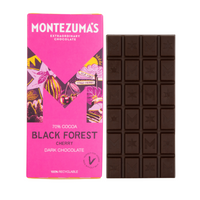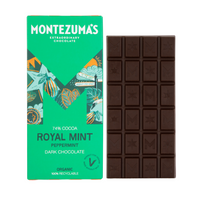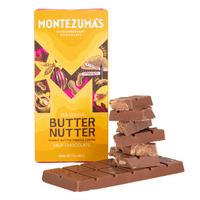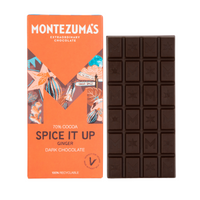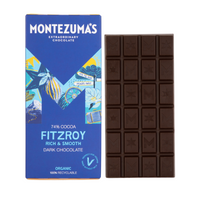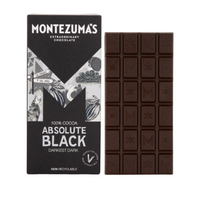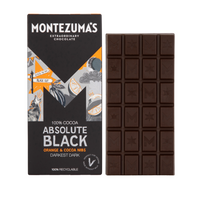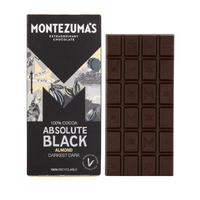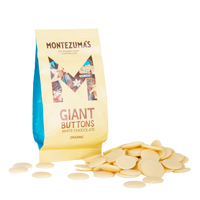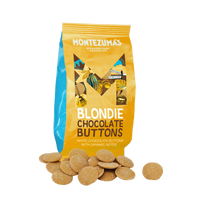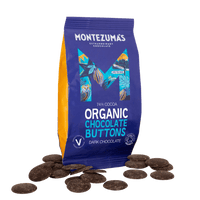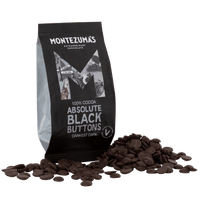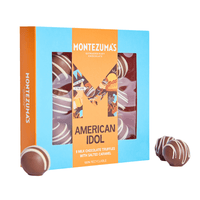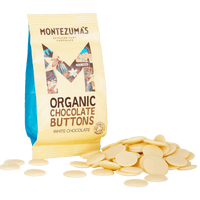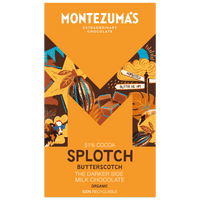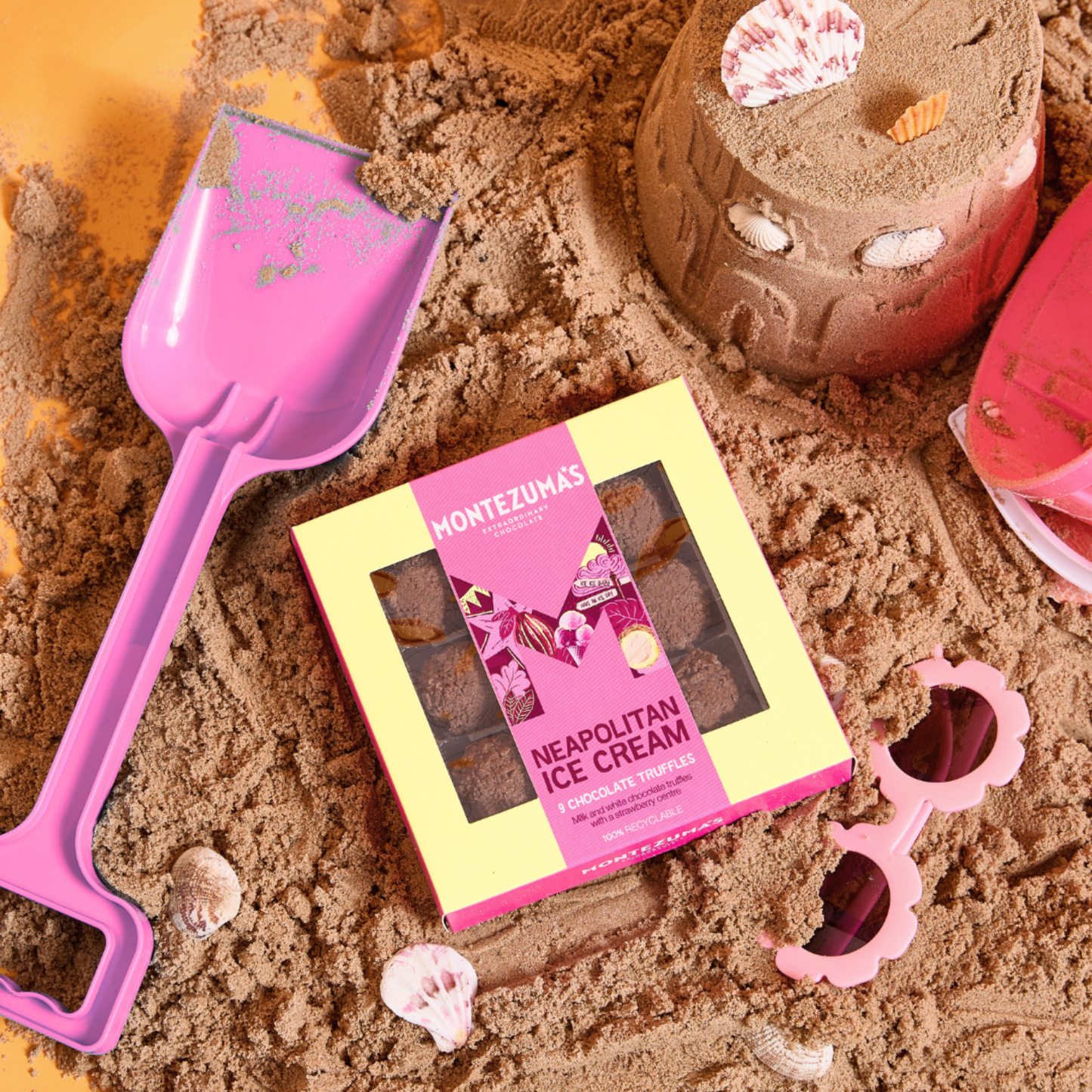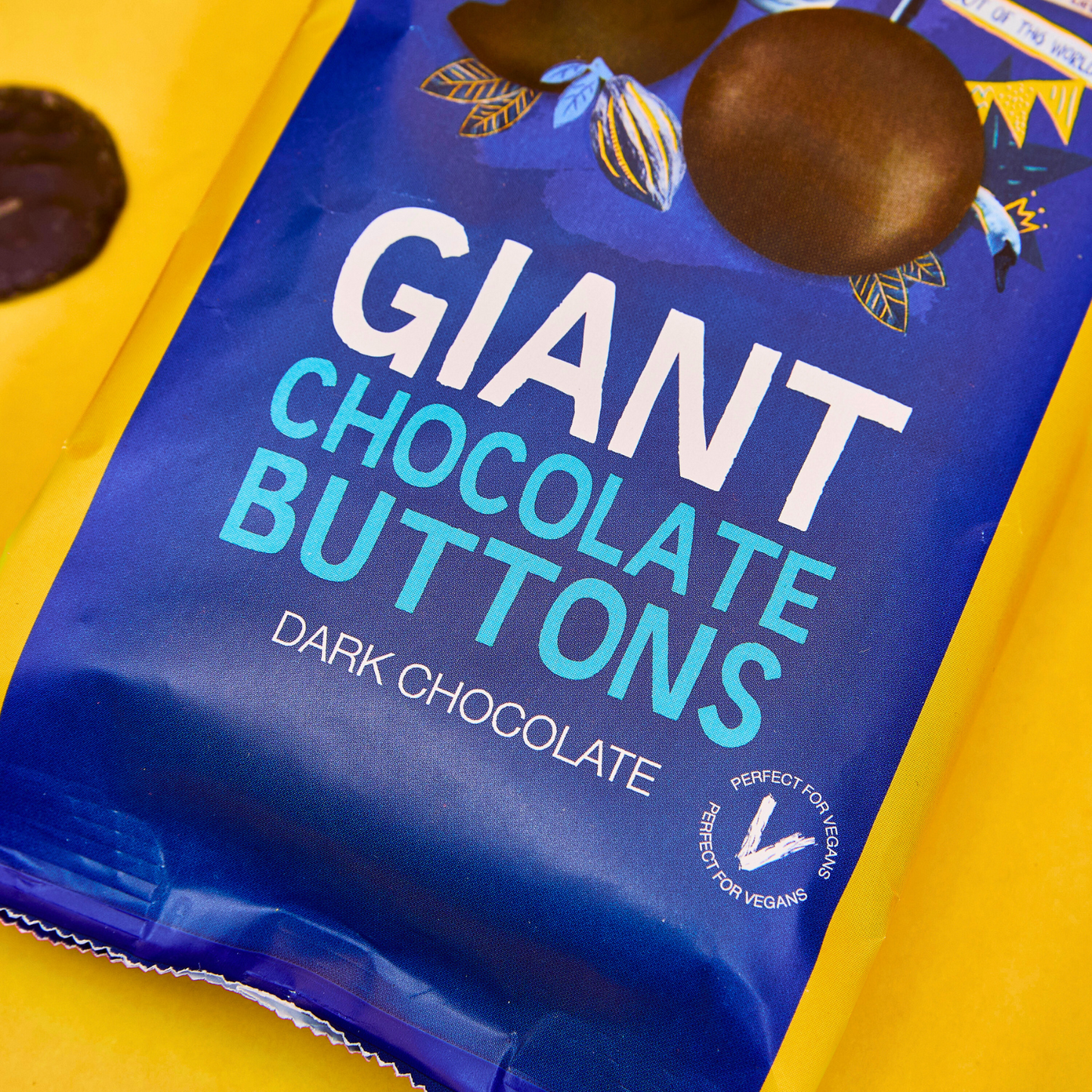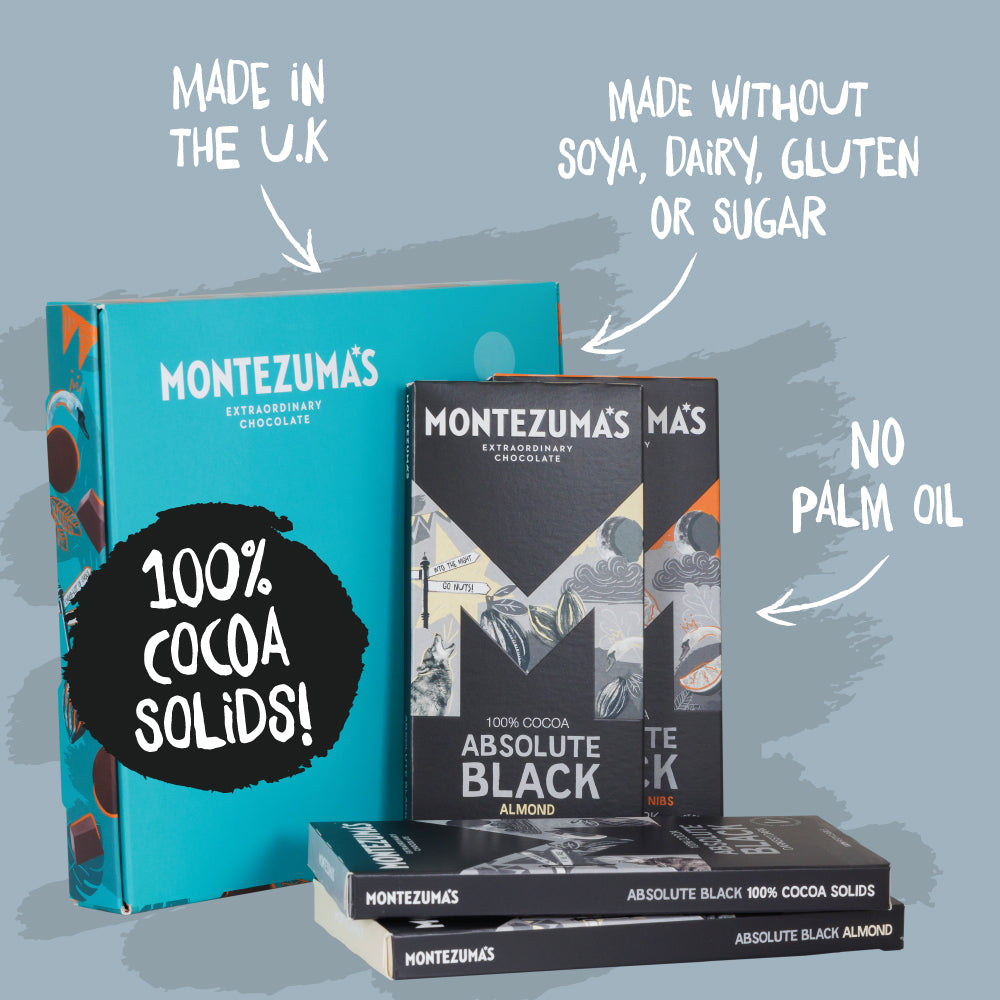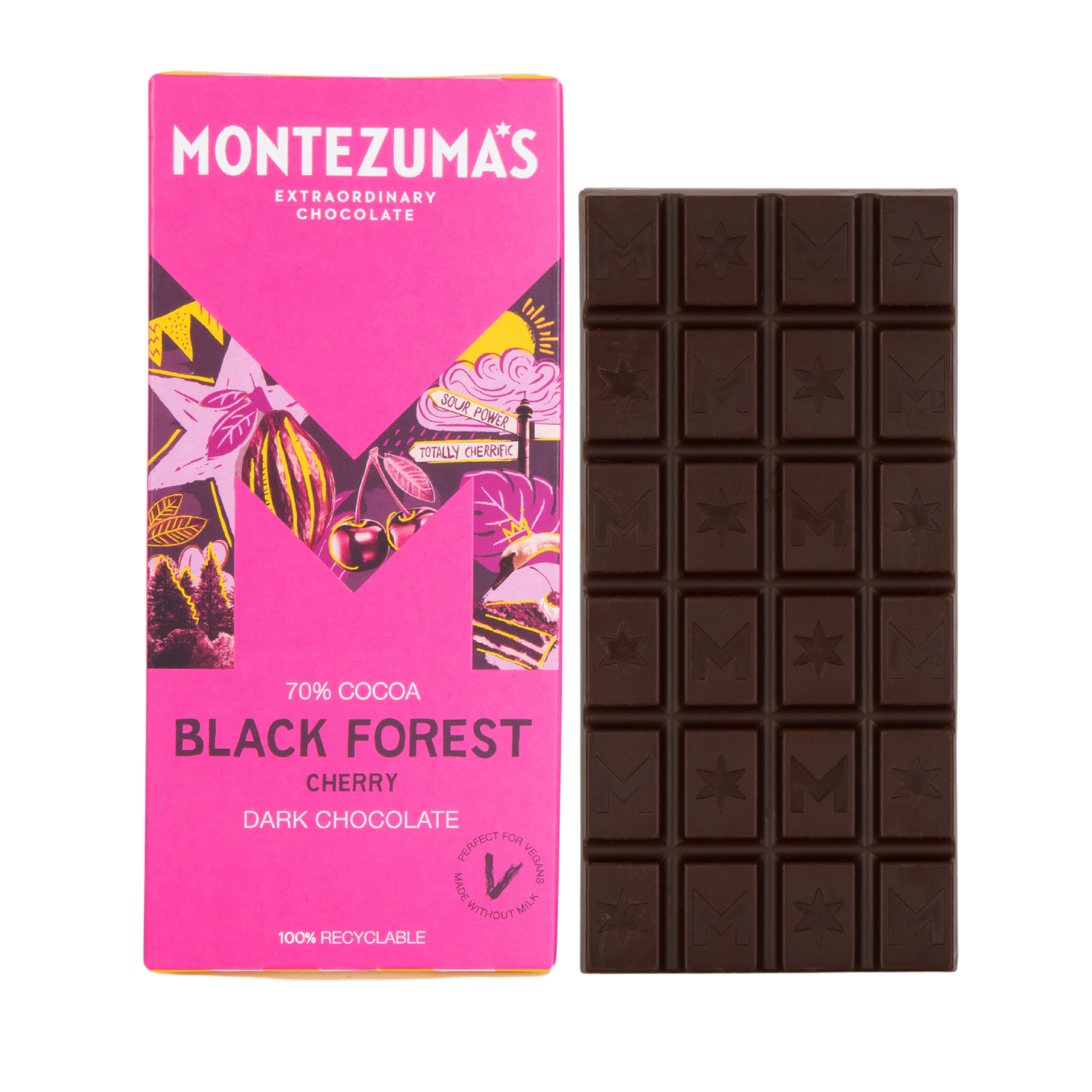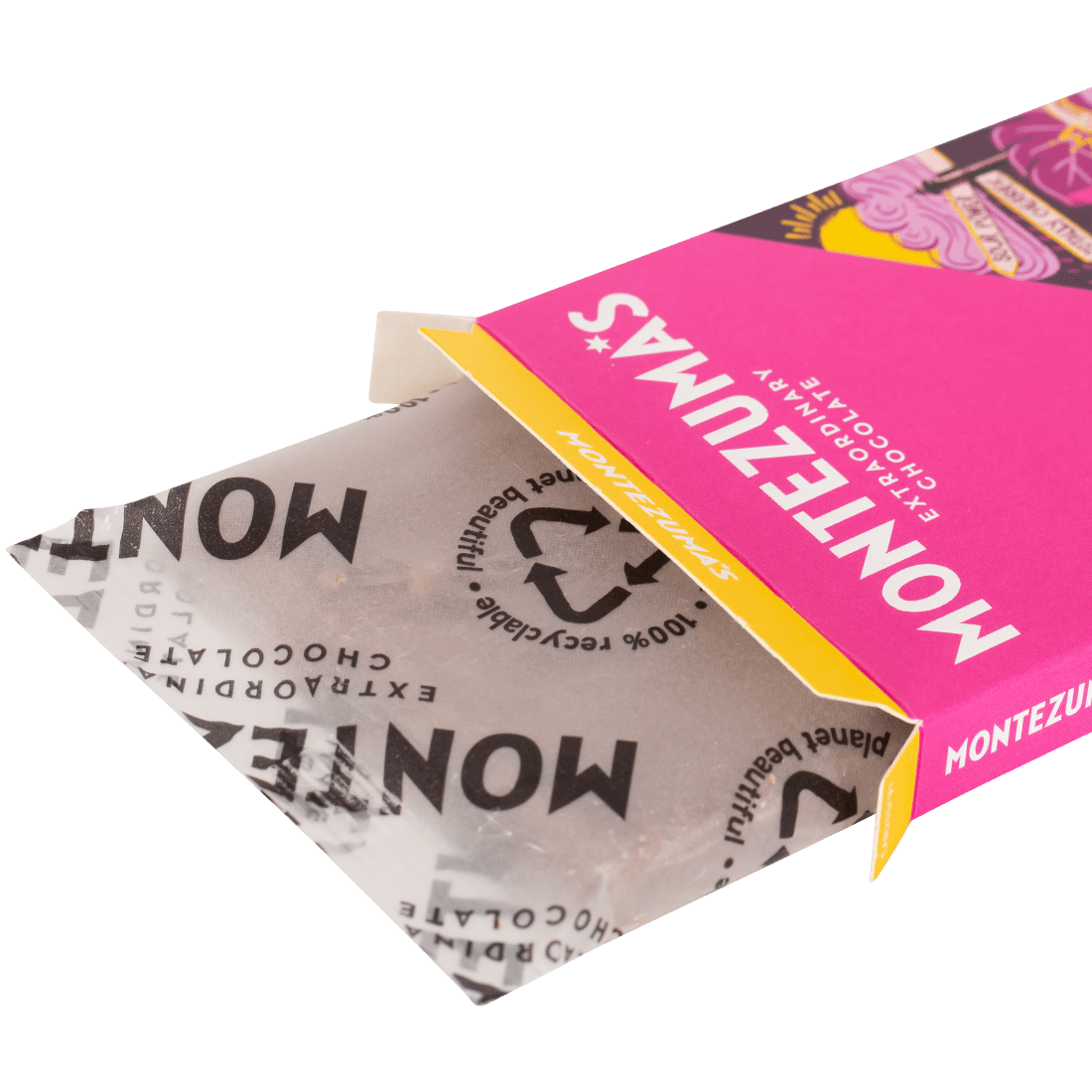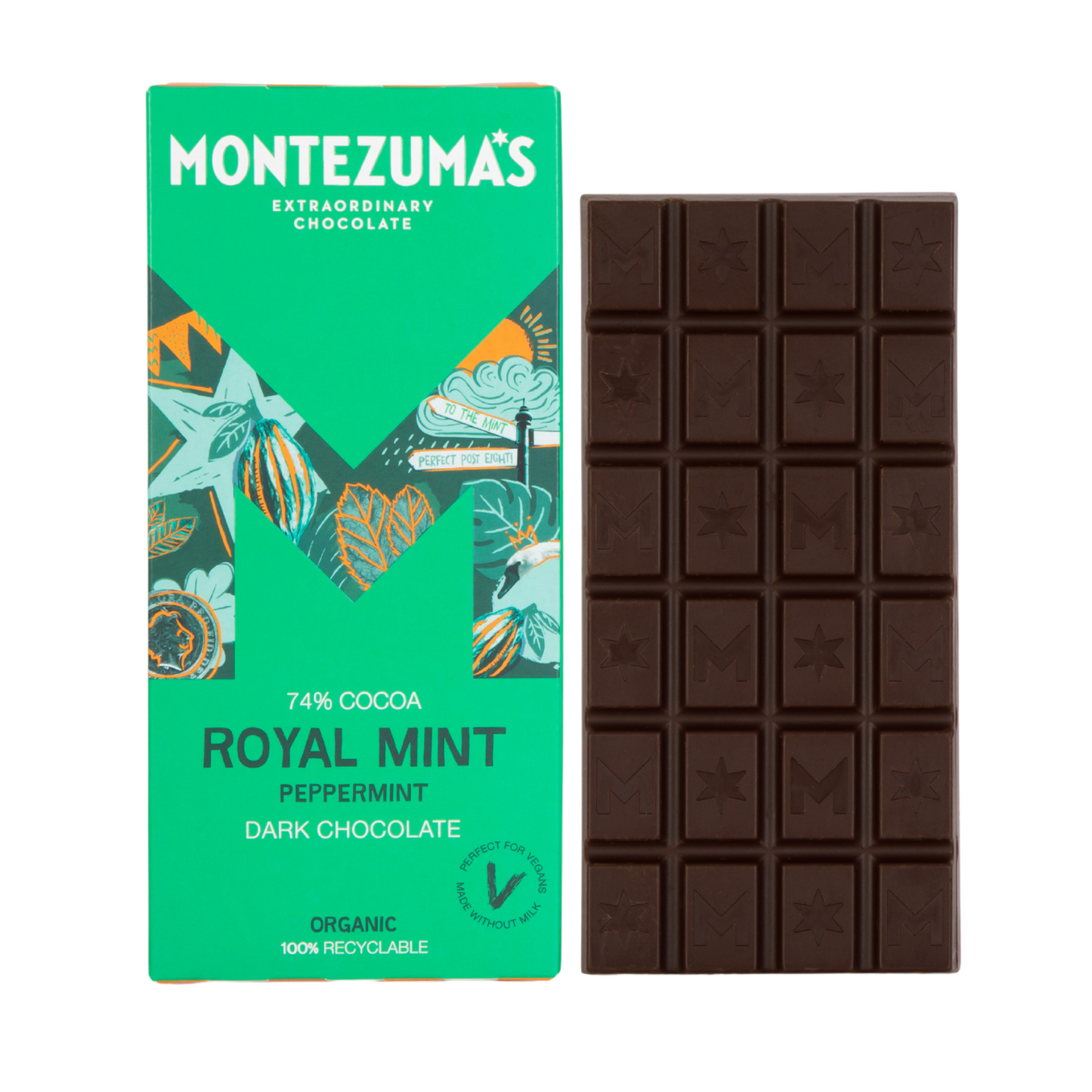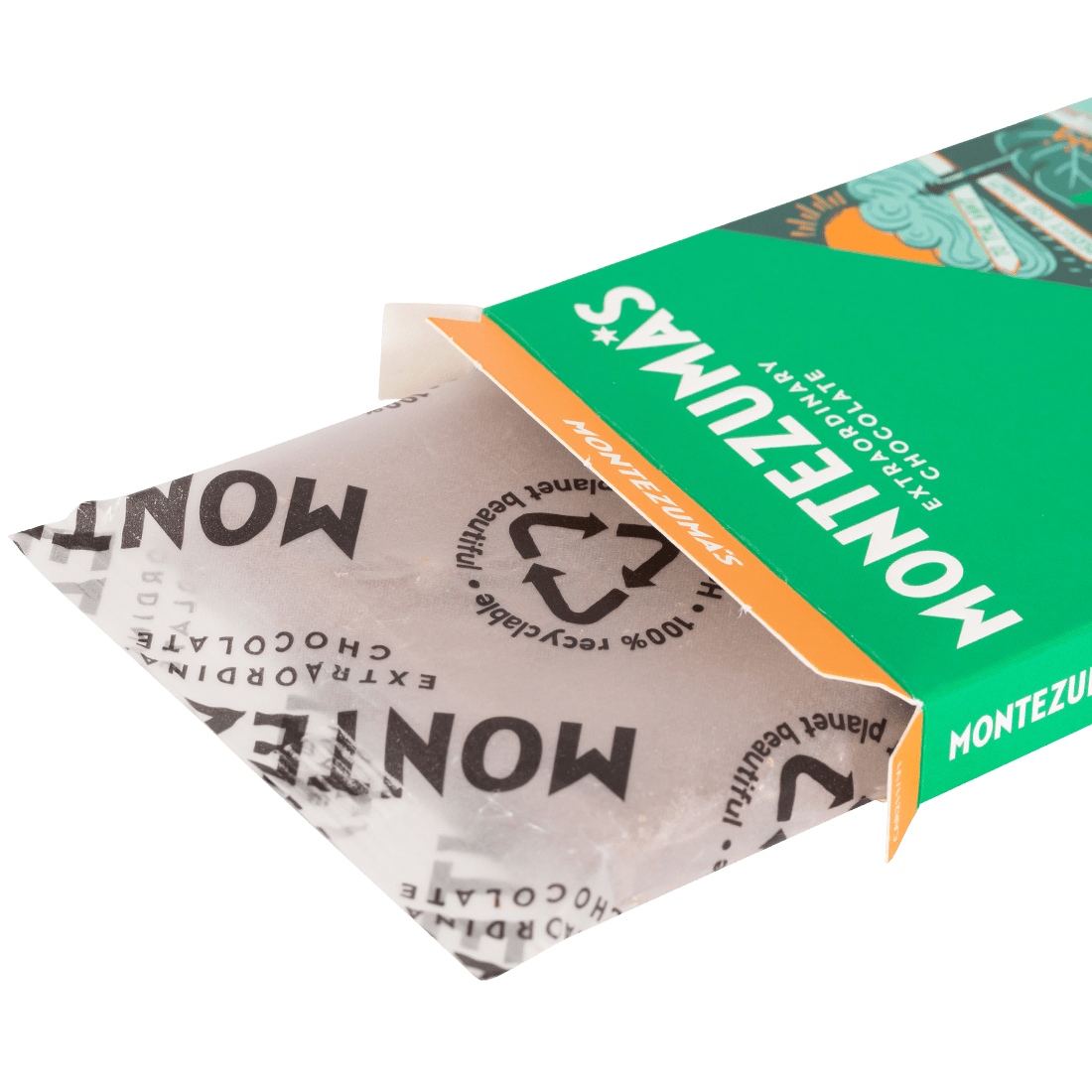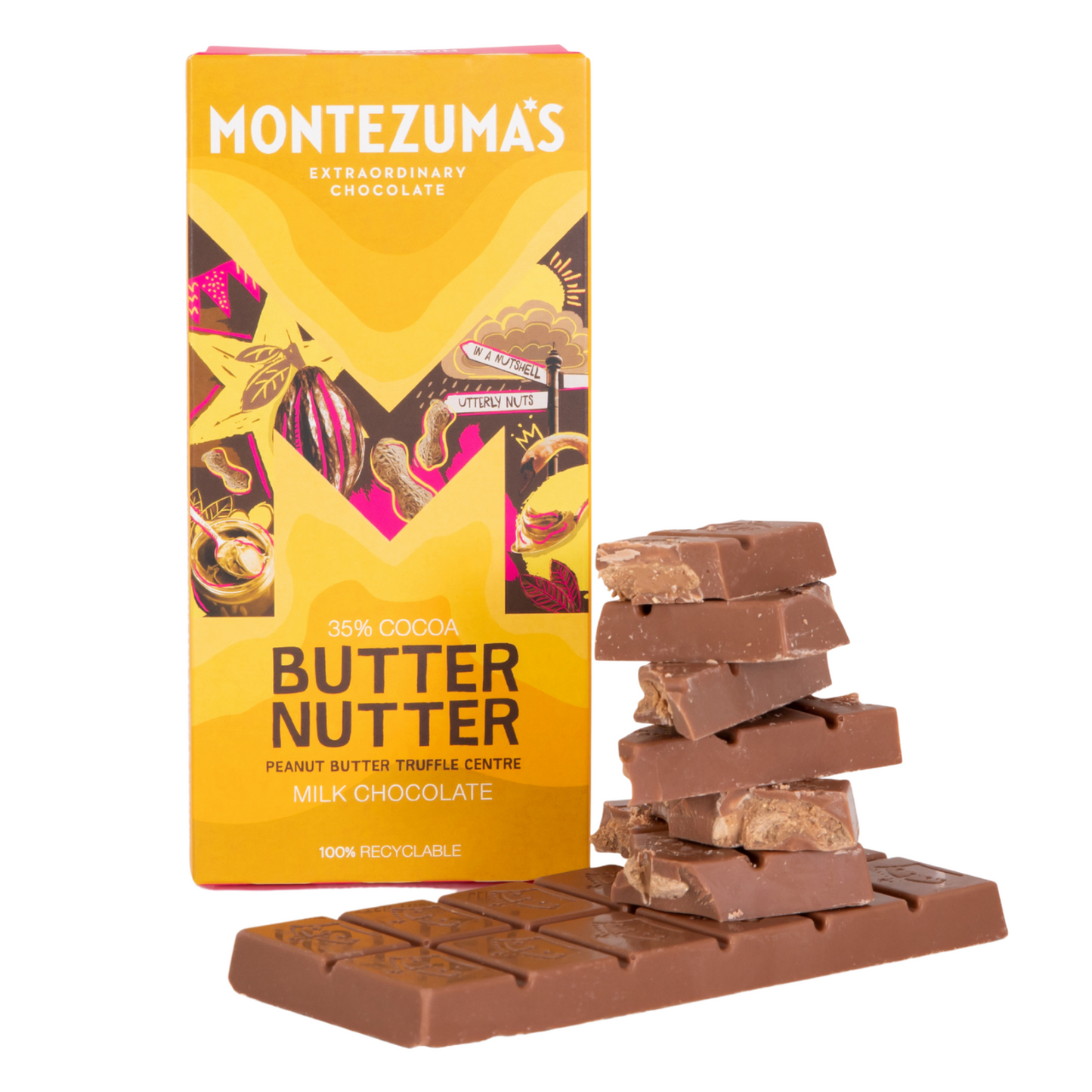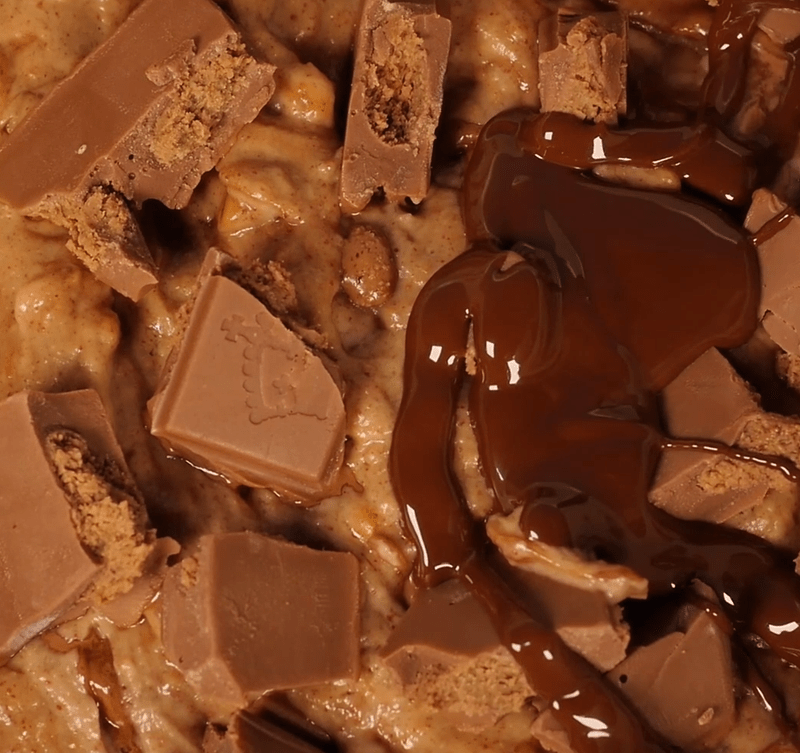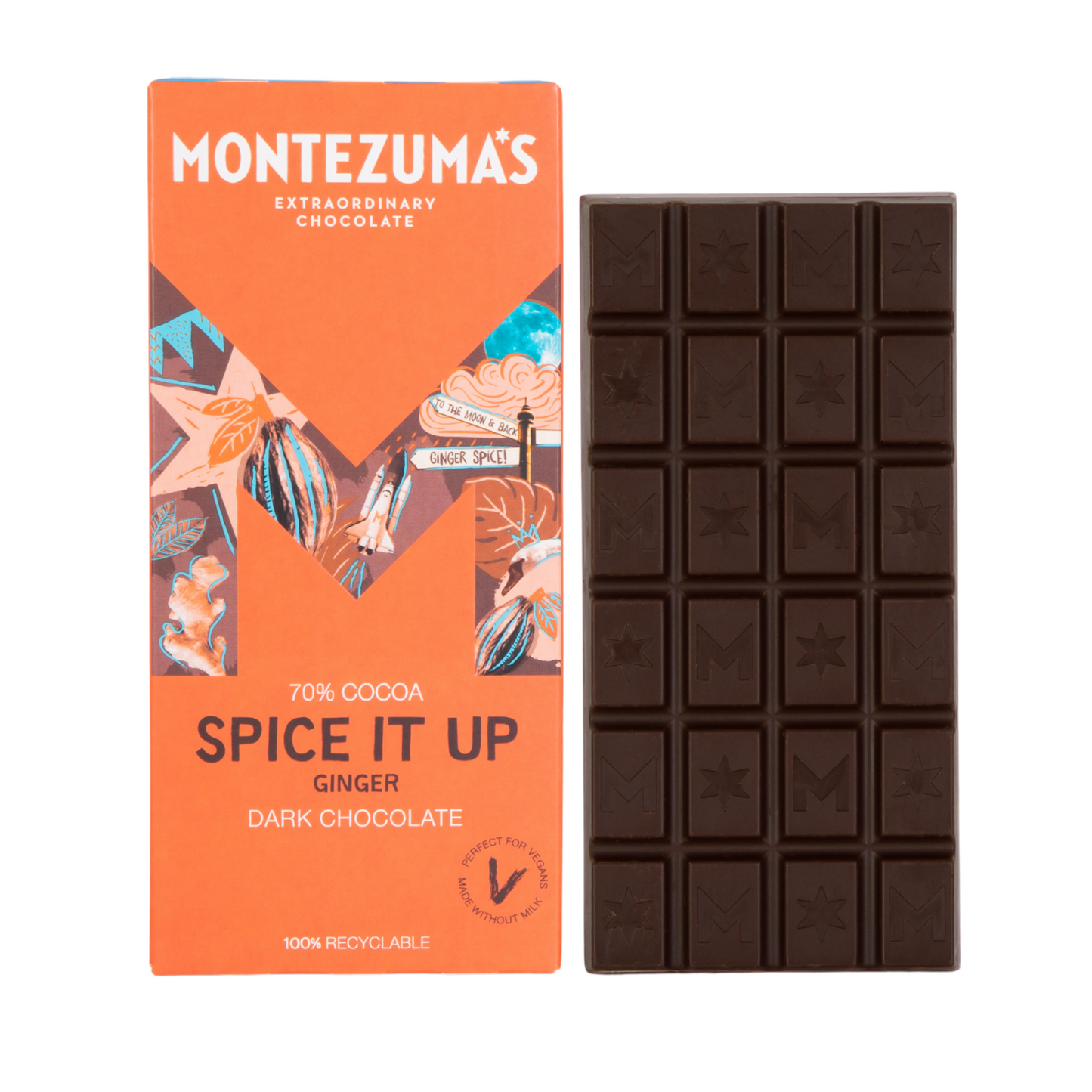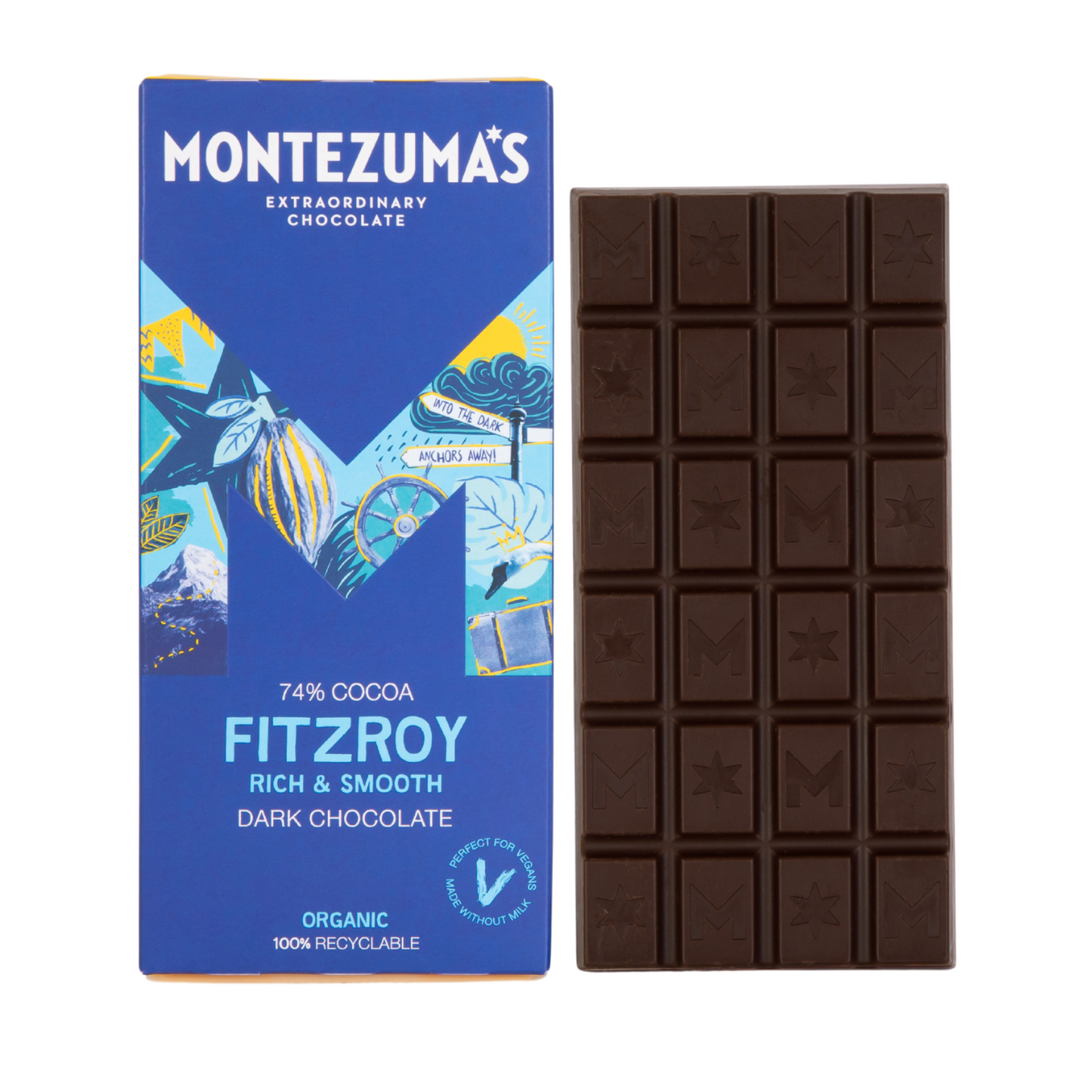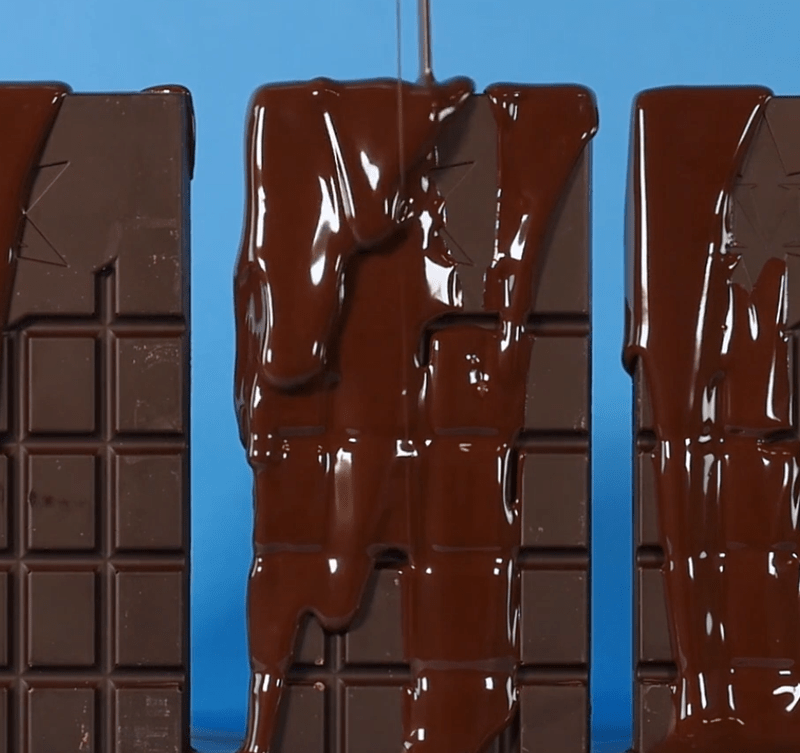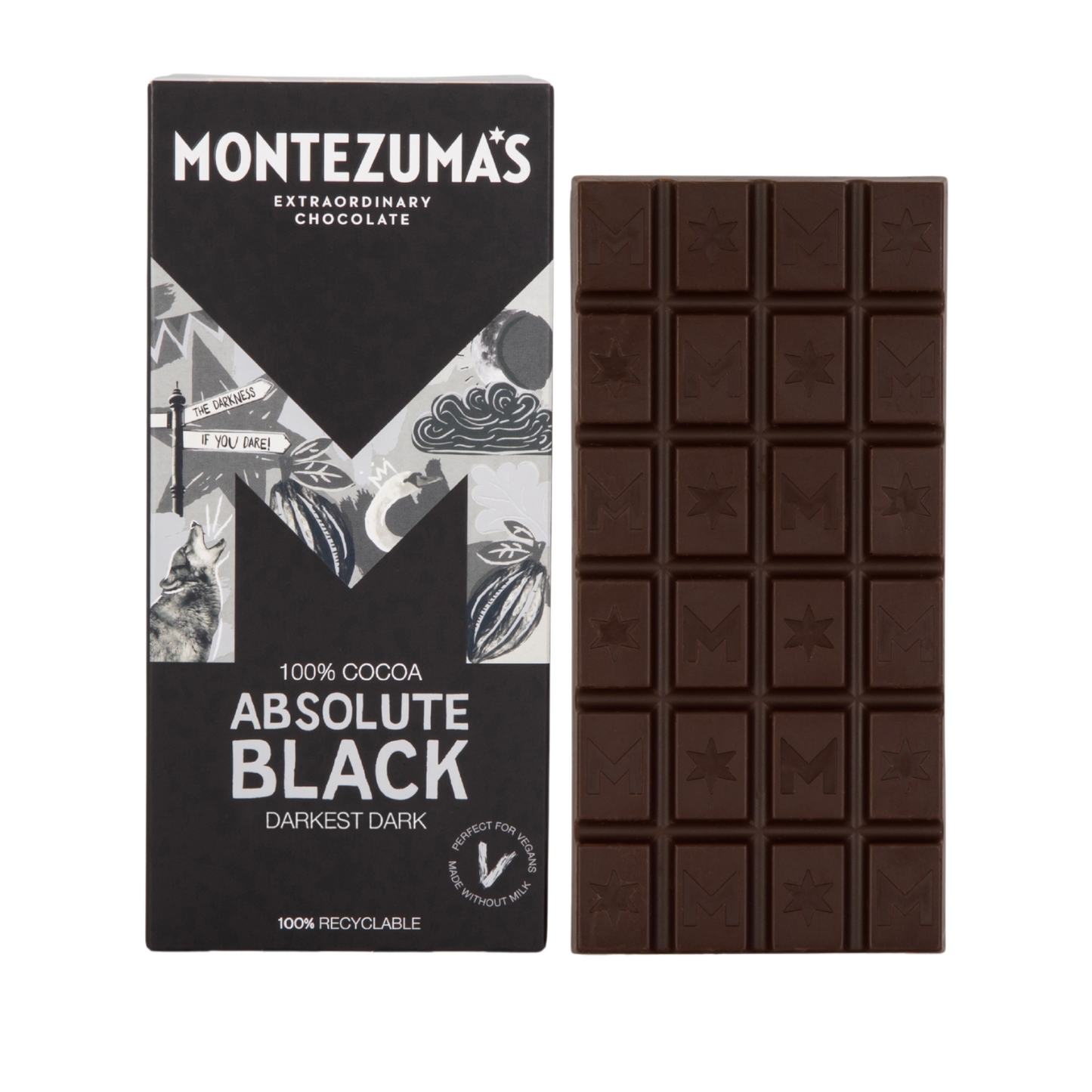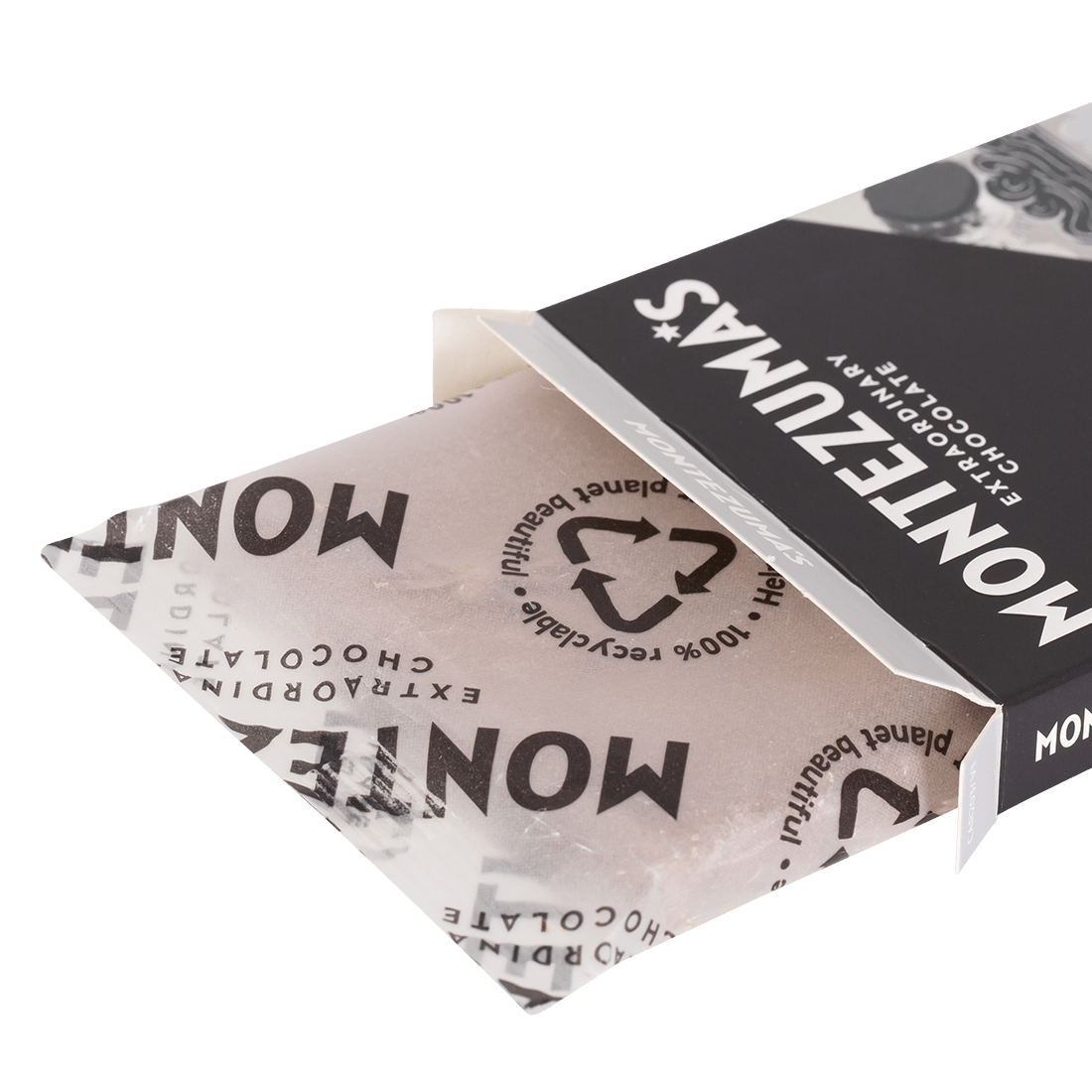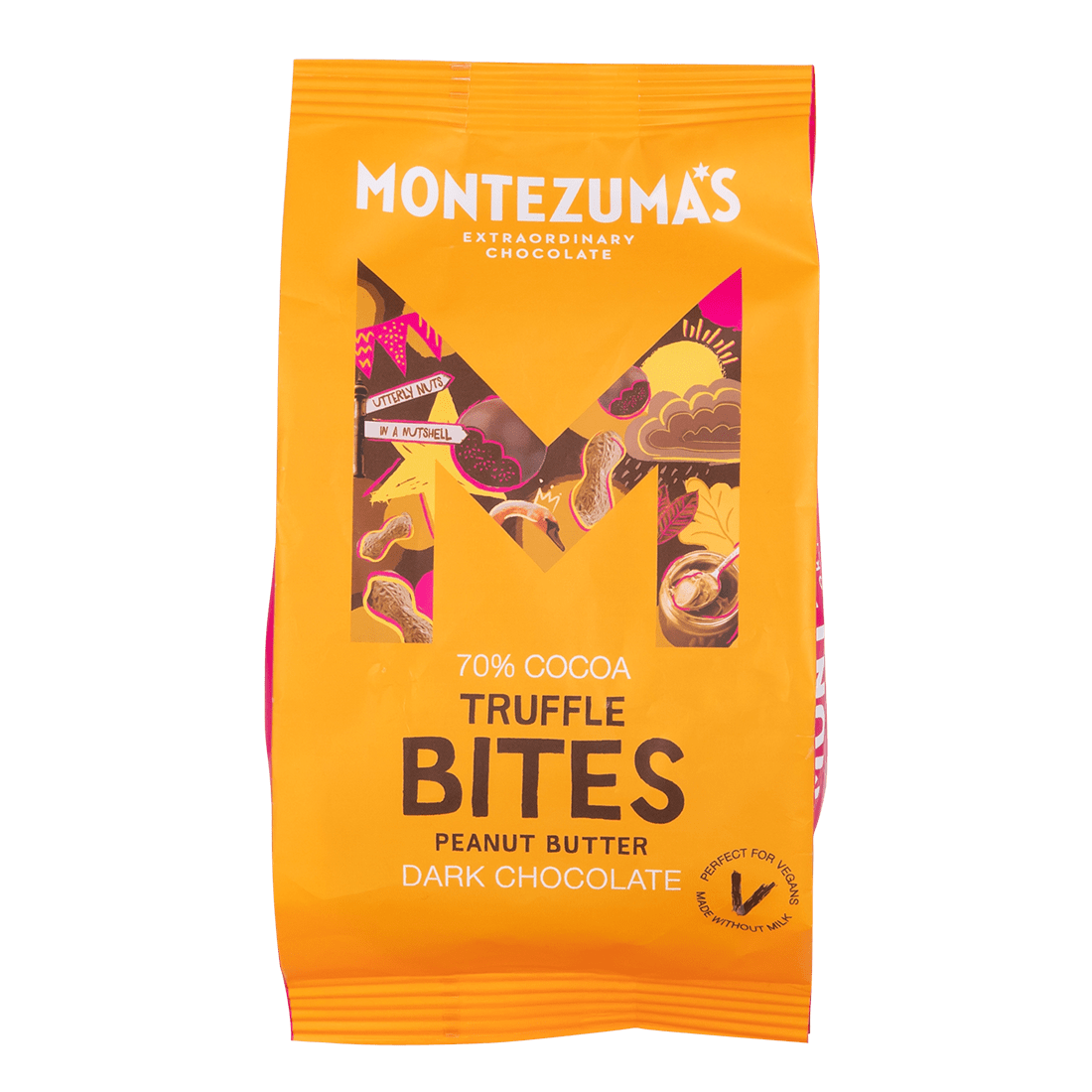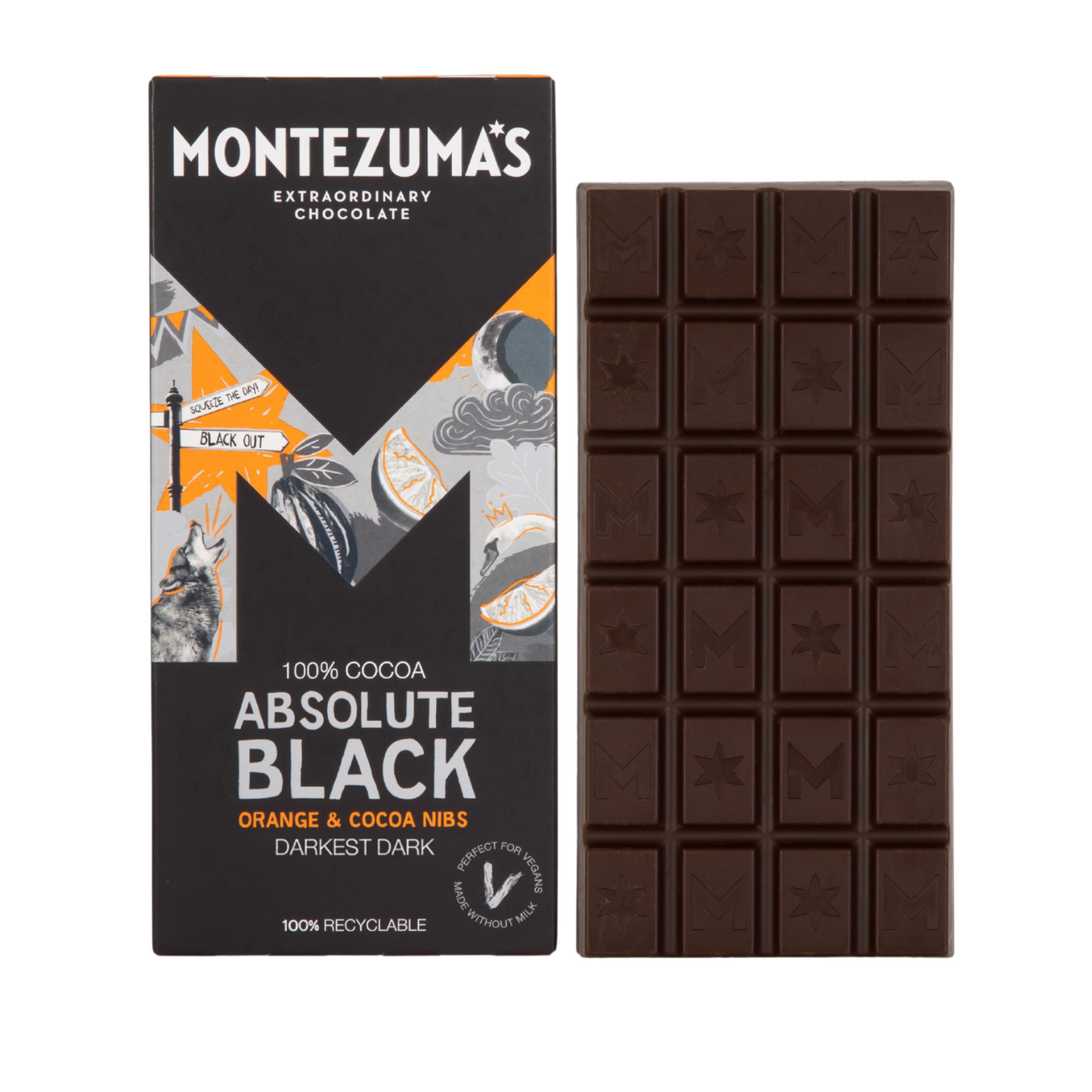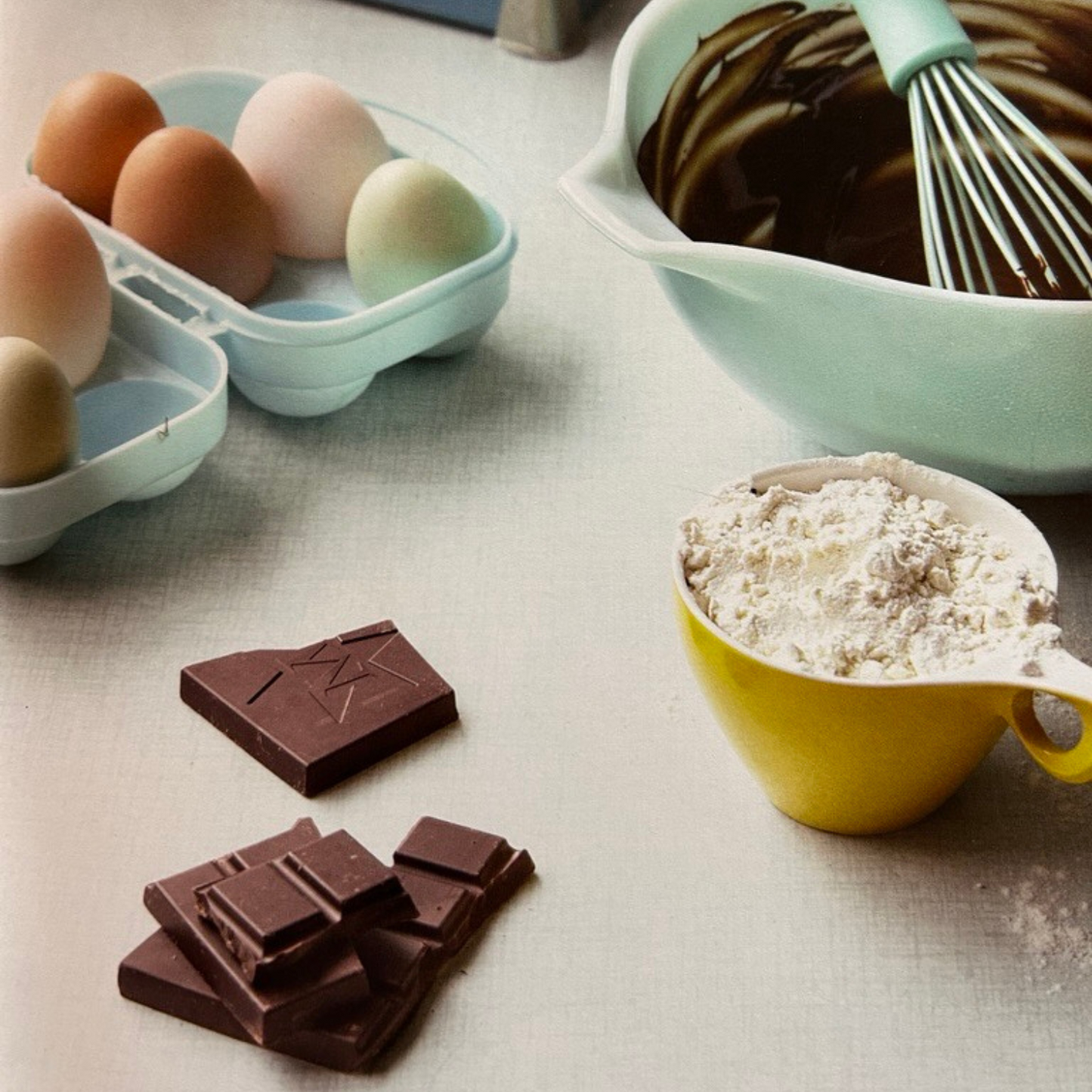
Patience
Every day with chocolate is different, and every day brings a new focus. The more we try to control it, the more it throws us interesting challenges, inviting creative solutions. For all this, however, chocolate rewards the patient and careful chocolatier with flavour and balance that blends strength and subtlety. All this while retaining a delightful delicacy that carries and complements flavours across the full spectrum of recipes and ingredients.
Despite this glorious potential, chocolate has a reputation for being a tricky ingredient among the massed ranks of professional chefs. This is especially so when being used for final coatings, when a glossy and perfect finish is demanded.
In many ways, this reputation is justified; however, the techniques proposed in various books over the years vary from the downright ridiculous to the overly complex and entirely unjustified. This is almost always because any working method for chocolate must accept the essential nature of using chocolate in the kitchen: variability (see below).
When reflecting on these recipes, the focus is not on classic delights found in chocolate shops the world over, but more on the recipes and methods that contain all the required techniques. This blog is therefore a little more than some words of caution and advice on the most basic but most critical element of working with chocolate.
More patience
Fundamentally, it is not possible to adequately control the variables of heating and cooling temperature, humidity, air flow and a number of other issues. Chocolate manufacturers spend significant efforts regulating these in order to achieve effective and constant quality. We must accept this by using methods that are simple and therefore not always foolproof!
The most basic of these techniques is the effective melting of chocolate so it becomes liquid without burning. If that melted chocolate is to then be used as an effective 'top coat', then appearance will be important and the chocolate will need to be cooled and set hard so it remains stable.
If simply left to cool without manipulation, chocolate can set into several slightly different chemical structures, only one of which is desirable for the aesthetically sensitive chef. Well-tempered chocolate not only looks better, but it is better to work and tastes better due to the refined melting pattern in the mouth.
Getting chocolate to set to the correct form is generally known as tempering and is the stuff of myth and complexity, and is frankly seen as the black art of the chocolatier. Given that the home environment does not lend itself to precise control, tempering needs to be accepted as, at best, slightly hit and miss and given the simplicity it deserves.
Two closely related methods will be outlined in upcoming blog posts on this website. Both have been shown to achieve consistent results in approximately 80 per cent of cases in a home environment. The method that will be detailed first is slightly easier and more reliable, but either may be used depending on preference or practicality.
3 golden rules for melting chocolate
- Always melt chocolate in a bain-marie or heatproof bowl over water that has boiled 5 minutes earlier and is now off the heat. Stir until smooth. Don't be tempted to rush this.
- Do not add water to the chocolate to assist in any way, as often suggested.
- You can use a microwave by melting at 500W for 1 minute, stirring well, and then repeating the process with 30-second bursts 'and stirs' until smooth. Do not rush this process either
Tempering
There are many methods to achieve tempered chocolate; however, most require very precise control of the variables that can affect the process. Almost all methods will give you temperatures to work with, normally with only a few degrees of tolerance. Given that chocolate heats and cools quickly and home thermometers are only accurate to about 3 degrees, this is extremely difficult to achieve and is often more to do with luck than skill. My method is also not foolproof, but it will be easy to repeat and won't make your kitchen look like a piece of chocolate installation art!
This is a method to temper a total of 600g of chocolate in button-size pieces.
- Melt 400g of the chocolate in a bain-marie or heatproof bowl over water that boiled 5 minutes earlier and is now off the heat and cooling (this avoids burning the chocolate but also ensures the chocolate has been fully melted and de-tempered). Stir occasionally until smooth.
- Remove from the bain-marie and allow to sit for 5 minutes at room temperature (assuming your kitchen is about 20 degrees).
- Add the final 200g of chocolate and stir with a spatula for a few minutes until smooth and melted
- The chocolate should have come down to body temperature, which you can test by dabbing a small amount on your lip. If you feel neither hot nor cold, it is about right and tempered.
